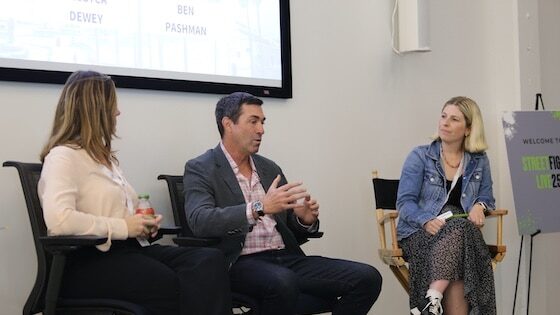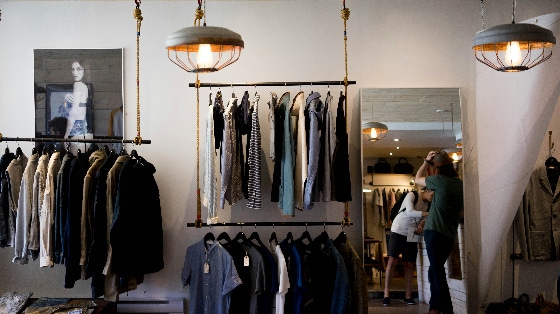As part of the ritual of examining local commerce and SMB Saas strategies, Localogy goes right to the source: SMBs themselves. How do they feel about marketing and operational software? What features do they want? And how has their hunger changed in a pandemic? This is all a moving target.
But as part of that exercise, we sometimes broaden the subject matter beyond traditional SMBs. In the latest Localogy study, done in collaboration with Mono Solutions, we looked specifically at freelancers. Why is this important? The Covid-driven “great resignation” has boosted the freelancer economy.
With that backdrop, who are freelancers and what makes them tick? The report, The Freelance Channel – A Growing Reseller Resource dives in. After examining the degrees to which freelance work fullfills individuals’ goals last week, we switch gears to take their temperatore on full-time work.
Breaking down the results, the largest age group of freelancers that would take an attractive job if one was offered (100%) was 65+. That’s followed by individuals 55-64, 56 percent of whom would take a full time job if offered. The next highest group after that was 18-34 at 33 percent.

Localogy members can access full charts and SMB survey reports. Non-members can purchase reports.
What Does it All Mean?
Going a bit deeper, a few things jump out at us:
– Survey science rarely sees results in which 100 percent of a given group answered in the same way. So it’s particularly notable that 100 percent of those over 65 claim that they’d take a full time job if offered.
– Panning back, there’s a correlation between age and interest in full-time work: As age advances, so does the affinity for paid work.
– The one exception is the 18-34 group, which showed the third greatest interest among all groups in taking full time work.
– This is likely due to the fact that they aren’t as established in their careers, nor posses the “book of business” that mid-career individuals do.
– Correspondingly, those 35-44 and 45-54 showed the least interest in taking full time work if offered. This can be translated to mean they are the most interested among all age groups in the freelance life.
– This stands to reason as these individuals are most secure and inclined towards freelance life.
– They’re more established than younger generations while still more nomadic than older generations.
– When looking at the youngest age groups, they’re comparitively less established. And older generations or more inclined to security.
– So in total, mid-carreer individuals are most inclined to freelance life, while they’re book-ended by the youngest and oldest age groups who are more likely to talk a “life-line” from freelance work if offered.
Time to Shine
Stepping back, SMB online marketing – website-based or otherwise – continues to grow rapidly. SMB SaaS startups and online services providers are correspondingly thriving as it continues to grow as a leading subsector of the broader SaaS universe. There’s a long-tail opportunity at play.
Meanwhile, new SMB SaaS users could represent permanent adopters – a concept that’s accelerated in the Covid era as SMBs are forced to boost their digital transformation. This sends them into the arms of SaaS providers to accomplish a range of marketing and operational functions.
We’ll return in the next installment to go deeper into SMB marketing and website adoption. That will include their goals and success factors. Let us know what additional insights jump out at you from the above data, and stay tuned for more breakdowns in our Benchmark Bytes series.




